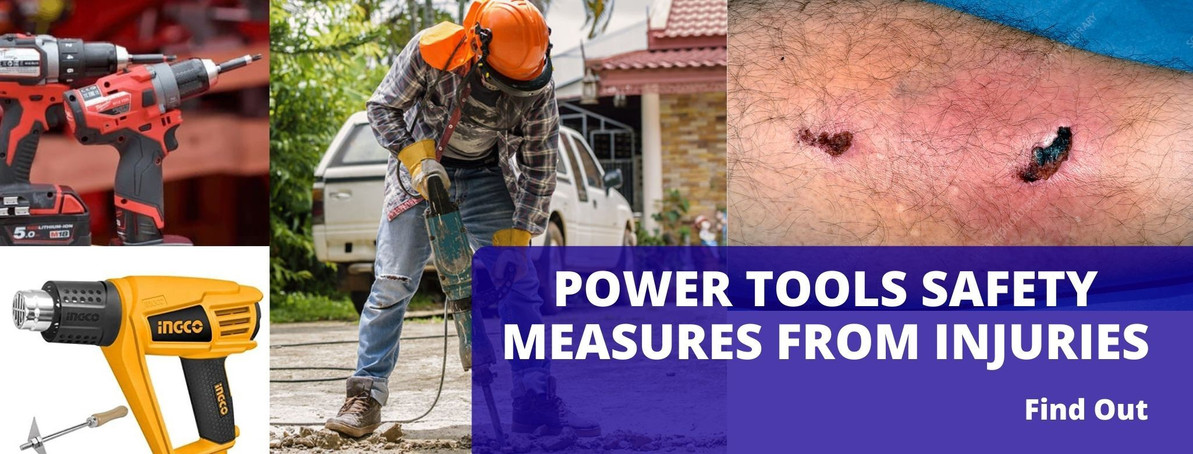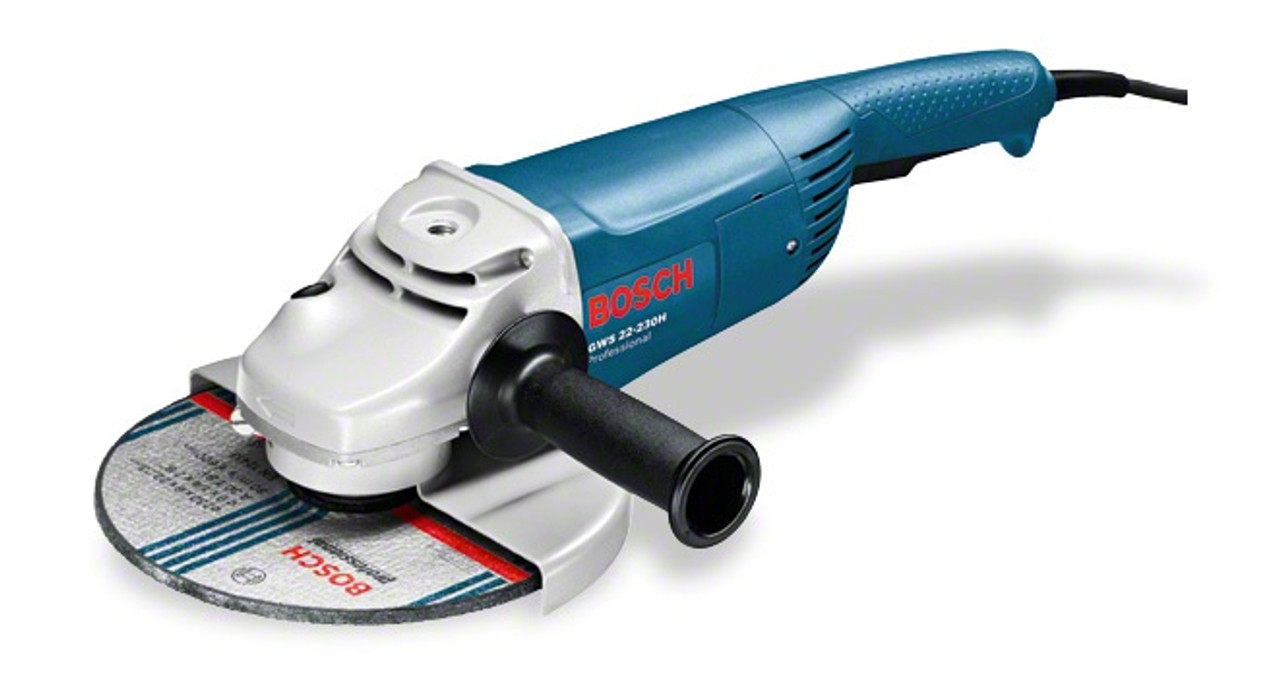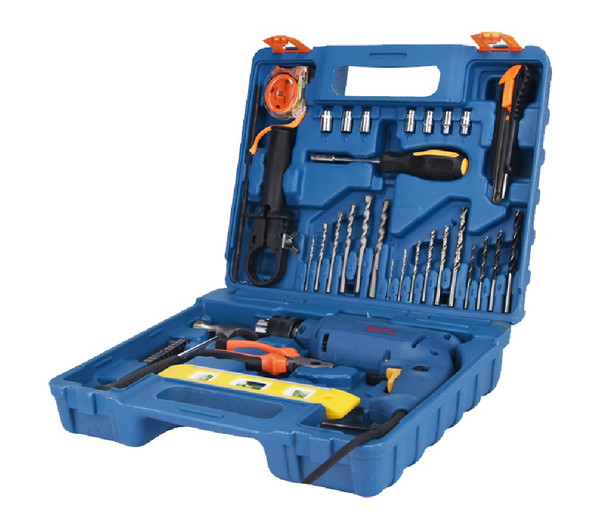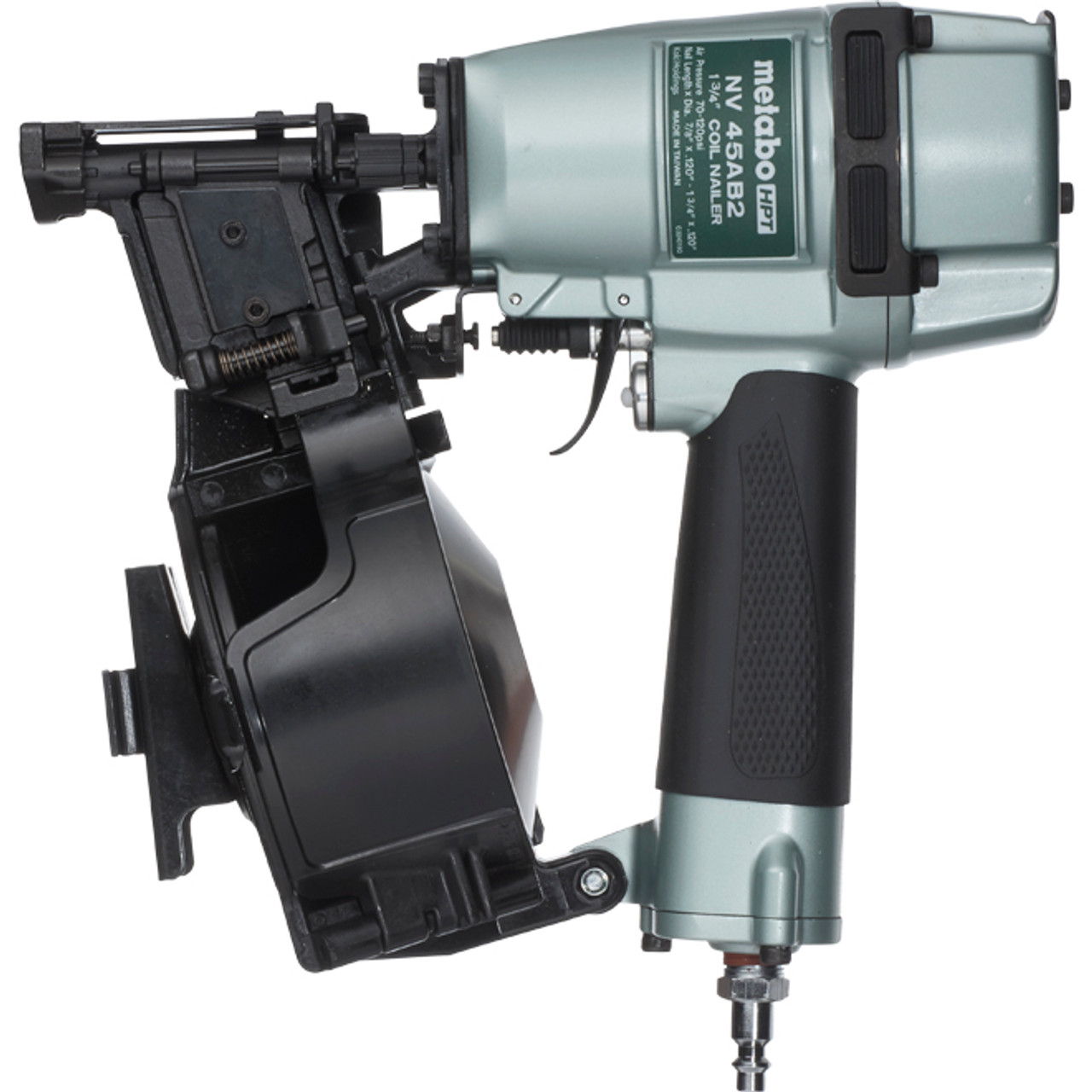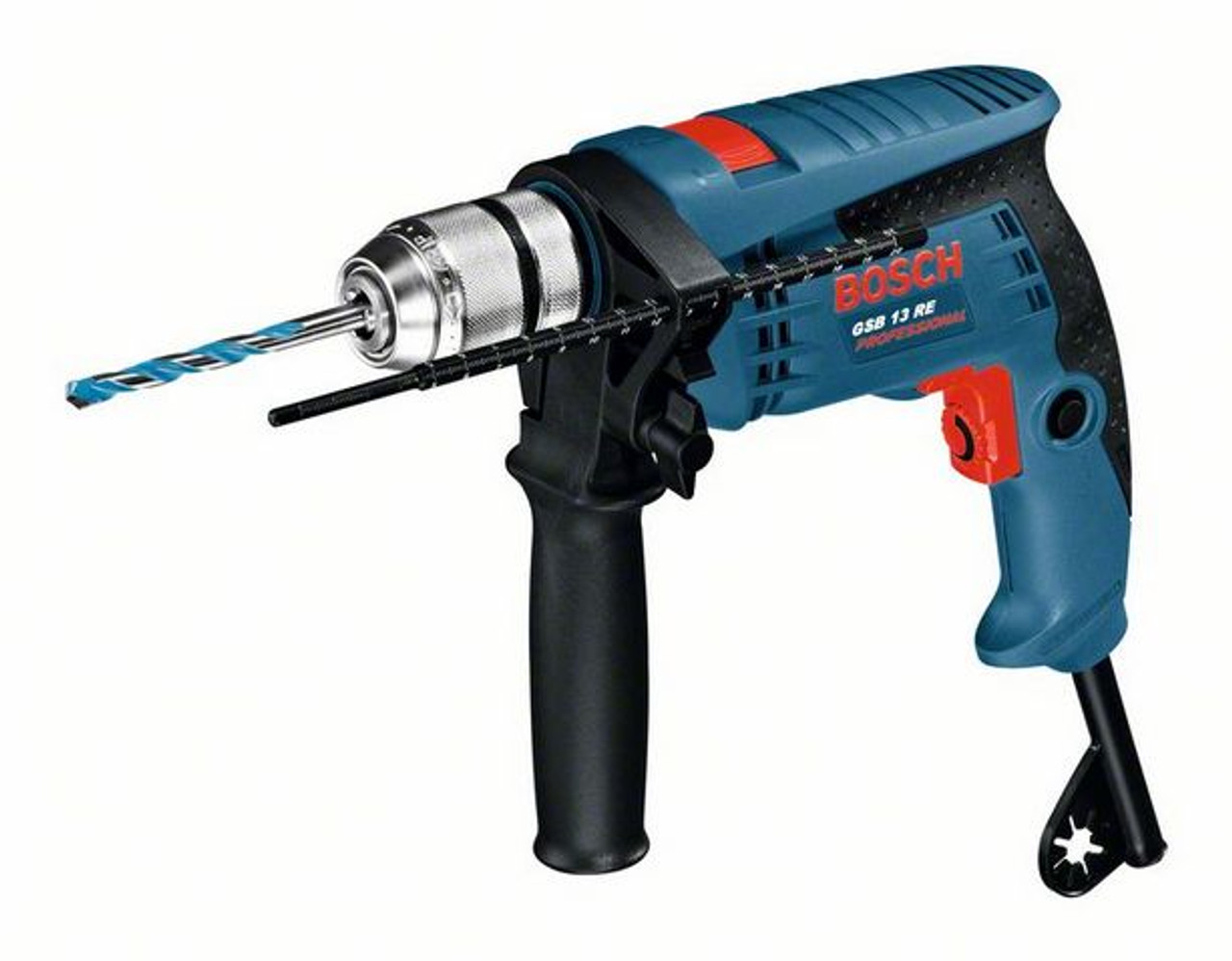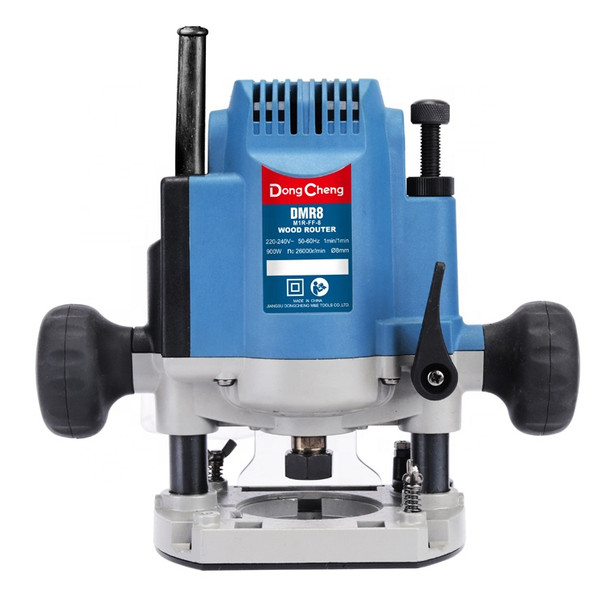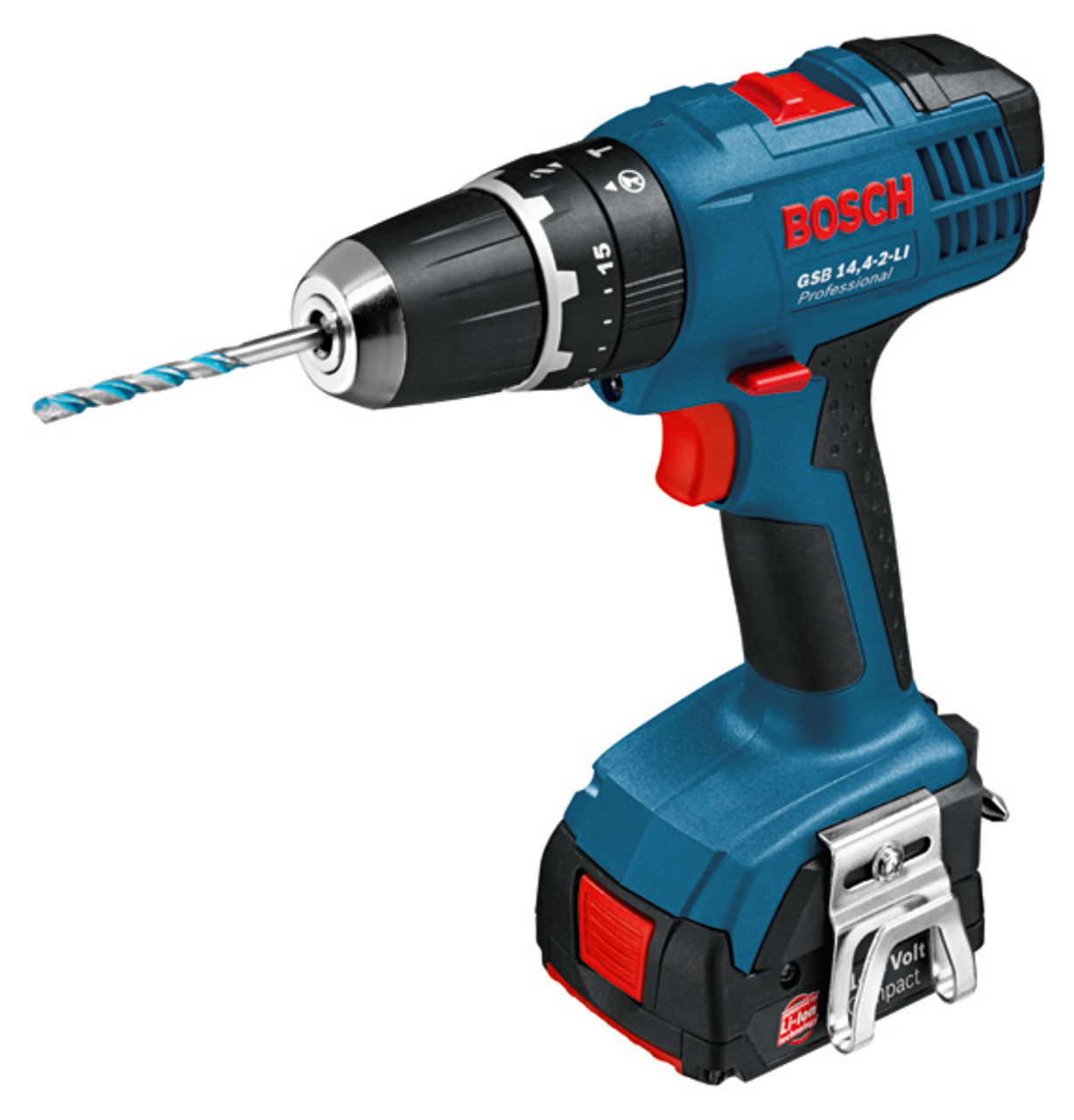POWER TOOLS SAFETY MEASURES FROM INJURIES
Power tools require safety. Improper usage of power tools can lead to injury and the potential to lose a finger, eye or other body part in severe circumstances. Proper safety measures reduce the risk of injury and help jobs get done faster.
What Are Power Tools:
Power tools are tools powered by a battery, electricity, fuel, or compressed air. Power- tools are propelled by an additional power source and mechanism other than the solely manual labor used with hand tools. The most common types of power tools use electric motors. Internal combustion engines and compressed air are also commonly used. Other power sources include steam engines, direct burning of fuels and propellants, such as in powder-actuated tools, or even natural power sources such as wind or moving water. Tools directly driven by animal power are not generally considered power tools.
Power tools are used in industry, in construction, in the garden, for housework tasks such as cooking, cleaning, and around the house for purposes of driving, drilling, cutting, shaping, sanding, grinding, routing, polishing, painting, heating and more.
Bosch GWS 22-230 H Professional large angle grinders
Classification of Power Tools
Power tools are classified as either stationary or portable:
Portable power tools: Portable means hand-held. Portable power tools have obvious advantages in mobility. Portable power tools are a general category of tools used in construction and manufacturing industries, designed to be easily moved from place to place. The term generally refers to smaller hand tools that can be carried on a tool belt or easily transported in a tool box. They will either be electric tools powered through a cord, or cordless tools powered by lithium-ion batteries.
Examples include hand saw: Cordless Circular Saws, Ryobi Tools, Circular Saws, Cordless Tools, Portable Table Saw, Rigid Power Tools, etc.
Stationary power tools: Stationary power tools have advantages in speed and precision. A typical table saw, for instance, not only cuts faster than a regular hand saw, but the cuts are smoother, straighter, and more squared than what is normally achievable with a hand-held power saw.
Router Table, Lathe, Shop Vacuum, Scroll Saw, Miter Saw (chop saw, compound miter saw), Band Saw, Stationary Belt Sander, Drill Press, Table Saw
DongCheng Electrical Impact Drill (Tool Kit) DZJ 04-13
Understanding the Different Classification of Power Tools
Power tools are classified into several types, each with its own set of features and intended use. Understanding the differences between these categories is important for safe and effective operation. Here are some key differences:
Corded vs. Cordless Tools:
Corded power tools are connected to a power source via an electrical cord and provide a consistent power supply, making them ideal for applications that require continuous operation. Corded tools are often more powerful and appropriate for heavy-duty tasks, they are also battery-free, so there is no need to worry about recharging or running out of power. In contrast, cordless power tools are battery-powered and do not require a cord or constant access to an electrical outlet. They have excellent mobility and are appropriate for work in isolated or difficult-to-reach areas. Cordless tools are more portable and convenient, but their battery life and power may be limited when compared to corded versions. However, battery technology has advanced tremendously, allowing for longer battery life and faster charging.
Handheld vs. Stationary Tools:
Handheld power tools are designed to be carried and operated by hand. They are versatile and commonly used for activities such as drilling, cutting, grinding, and fastening. Handheld tools include cordless drills, angle grinders, and circular saws. These gadgets provide flexibility and are useful for tasks requiring mobility.
Whereas stationary power tools are fixed in place and give stability and precision. They are often larger and more powerful than handheld equipment, and excel at jobs like woodworking, metalworking, and material shaping. Stationary tools include table saws, drill presses, and bandsaws. They are necessary for making precise cuts and shapes in a variety of materials.
Pneumatic Tools (Air Tools):
Pneumatic power tools are driven by compressed air, making them ideal for applications demanding high torque and speed. They are extensively used in car repair, construction, and industrial scenarios. Pneumatic tools are lightweight and easy to use, decreasing user fatigue. They also provide steady performance and are well-known for their durability. However, they require access to a compressed air source, which is often provided by an air compressor.
Understanding the distinctions between corded and cordless tools, handheld and stationary tools, and pneumatic tools allows users to select the best equipment for the job, assuring safety and efficiency in a variety of jobs.
Pneumatic Coil Roofing Nailer 1-3/4" Metabo
Understanding Safety
Safety is the state of being "safe", the condition of being protected from harm or other non-desirable outcomes. Safety can also refer to the control of recognized hazards in order to achieve an acceptable level of risk. The condition of being protected from or unlikely to cause danger, risk, or injury.
Injury is also known as physical trauma, is damage to the body caused by external force. This may be caused by accidents, falls, hits, weapons, and other causes.
SAFETY MEASURES BEFORE USING POWER TOOLS
A. Read the Instruction Manual
Improper operation, even for a split second, can cause serious risk and injury. That is why every Power tool comes with an instruction manual. Every manufacturer will provide an instruction manual on how to use a desired power tool. Failure to read this manual is the user’s fault.
Instruction manual provides invaluable information designed to:
Demonstrate how to use the tool.
Increase the safety of the user.
Reduce the risk of injury.
B. Maintenance and Inspection of The Tool
Power tools need to be properly maintained before usage. Routine maintenance and inspection can help prevent a silly injury from occurring,
Always inspect the tool prior to usage to look for any:
Cracks.
Breakage.
Bosch impact Drill GSB 13 RE Professional tools
C. Being Cautious of The Environment
The work environment itself can be a major safety hazard. Whether using a skill saw, electric drill or a manual hammer, it’s vital to make the environment safe. A common hazard is the usage of power tools requiring an air compressor. The hose can pose a risk of tripping and falling for both the user and anyone else in the space. Keep the air compressor hose clearly in view and warn others of the hose to reduce risks.
The environment can include:
Workspace.
People in the vicinity of the workspace.
D. Personal Protective Equipment (PPE)
The first step in the equation is safety gear. PPE is a must. Proper PPE can go a long way in ensuring safety of the user. If safety gear is neglected, the risks of injury are exponentially higher.
The PFE most recommended includes:
Thick industrial gloves designed to protect the hands.
Safety glasses designed to protect the eyes from projectiles.
Hard hats used to protect the wearer from potential falling material.
Boots designed to protect the feet from injury.
DongCheng Wood Router 900W 8MM DMR8
POWER TOOLS SAFETY
Using power tools comes with a lot of responsibility, and this means that the user must be cautious of every move he or she makes.
The points that are recommended for proper power tool usage are many, but the most important ones are:
- Wear the proper safety gear as advised in the instruction manual.
- Common sense needs to be used when operating all types of power tools. This means keeping fingers and limbs out of the danger area. If another person is in the same area, they need to be made aware of the tool’s usage and also wear protective gear.
- Properly maintain the tool and follow appropriate procedures if the tool jams.
- Seek training to use the tool properly
- Use the right tool for the job. The wrong tool presents a risk of injury or extending the length of the project.
- Always point the tool away from the body and face when in use.
- Keep electrical tools away from combustible materials.
- Maintain a tight grip on the tool to avoid potential droppage and injuries,
- Remove all power sources when refilling or maintaining the tool.
- Never walk with the finger on the tool’s trigger.
- Inspect the power cord for any potential breaks or damage prior to usage.
- Keep power tools in a safe location out of reach of kids and inexperienced users.
- Never remove safety measures put in place by the manufacturer.
Bosch Cordless combination impact Drill Bosch GSB 14.4 VE-2LI Professional
Contact us at GZ Industrial Supplies for more information on procurement of Power tools and Safety equipment. We have all categories of safety supplies in all our locations within Nigeria
Quick FAQs
Q: How do I choose the right power tool for a specific task?
A: Consider factors such as the type of job, materials you'll be working with, power source availability, and ergonomics. Consult the tool's user manual and follow safety guidelines.
Q: How can I maintain and prolong the life of my power tools?
A: Regularly clean and lubricate your tools, store them in a dry and secure place, replace worn-out parts, and follow maintenance recommendations in the user manual.
Q: Are there any safety certifications for power tools?
A: Yes, look for tools with safety certifications from recognized organizations like Underwriters Laboratories (UL) or the Occupational Safety and Health Administration (OSHA).
Q: Can power tools be repaired if they break down?
A: Many power tools can be repaired by authorized service centers or skilled technicians. Proper maintenance can help prevent breakdowns and extend the tool's lifespan.
Q: What should I do if I encounter a problem or malfunction with my power tool?
A: First, disconnect the power source, and then refer to the tool's user manual for troubleshooting guidance. If the issue persists, contact the manufacturer or an authorized service center for repairs.
Readers Also Like..
What Power Tools Do Electricians Use
Best Power Tool Gallery In Nigeria
The 10 Most Important Power Tools in Use in Nigeria 2023
Choosing the Right Woodworking Power Tools for Your Projects
Recent Posts
-
How to Choose the Right Industrial Cleaning Service Provider
Key takeawayThoroughly Assess Your Needs and Providers: Understand your specific industrial cle …Jul 26, 2024 -
Floor Paint Maintenance: How to Keep Your Floors Looking Their Best
Maintaining your painted floors is essential for preserving their beauty and extending their lifespa …Jul 25, 2024 -
The Best Floor Paint for Different Types of Flooring
When it comes to revitalizing your home's flooring, choosing the right paint can make all the d …Jul 19, 2024

